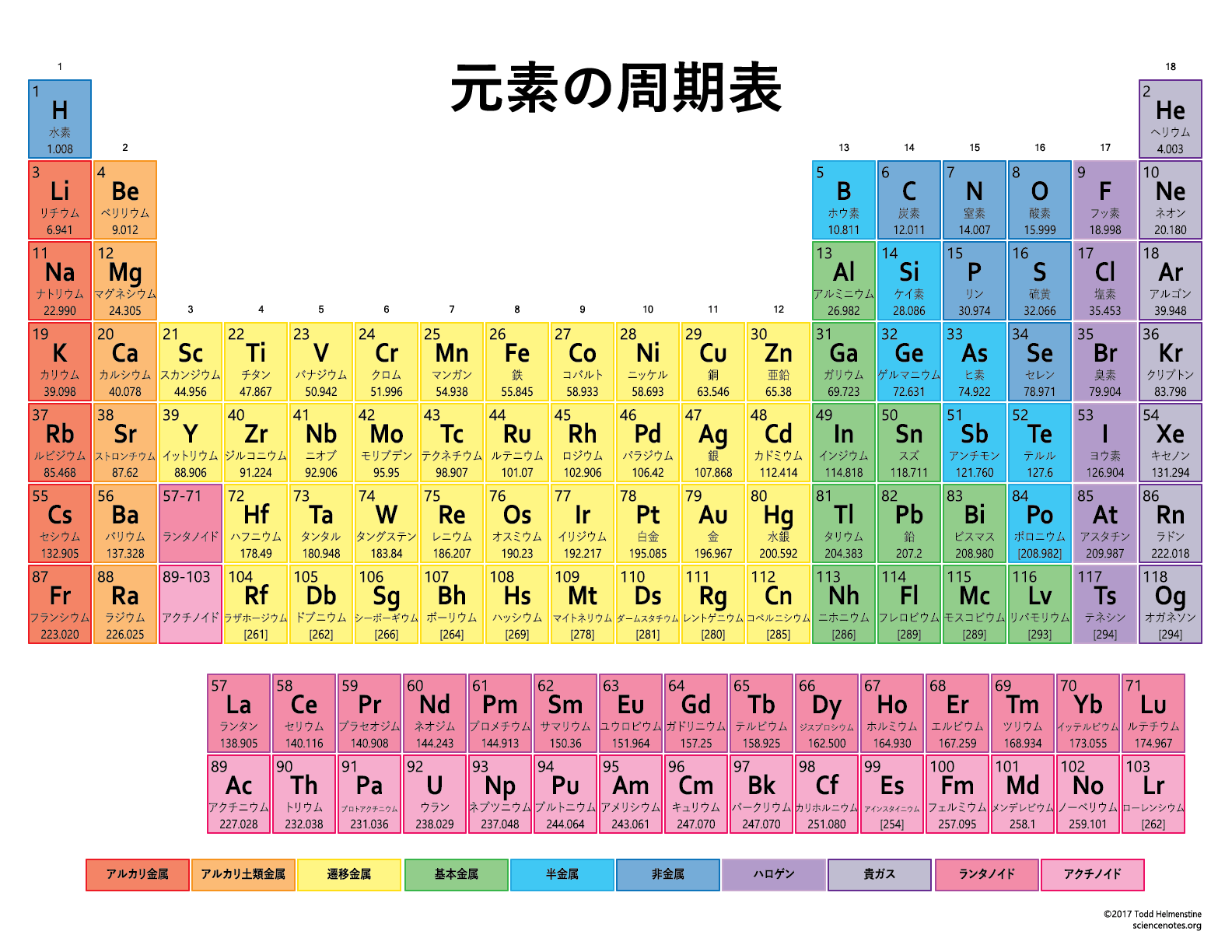Copper and tin: a reassessment of basic terms in ancient Chinese metallurgy
During the recent decade and more, we have had dozens of posts dealing with the importance of archeology for studying the spread of ancient languages. A major subtheme of this research has been the accumulation and assessment of archeological and linguistic evidence for the dissemination of metallurgical technology (see "Selected readings") below.
A new study of an early Chinese text sharpens our understanding of key terms relating to the composition and smelting of bronze during the first millennium BC. Here is a popular account of this pathbreaking investigation:
Researchers decode metal-making recipes in ancient Chinese text: Study identifies mystery elements in Kaogong ji, shedding light on how early bronzes were produced
Sascha Pare, The Guardian (8/10/22)
Read the rest of this entry »
